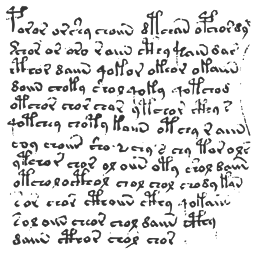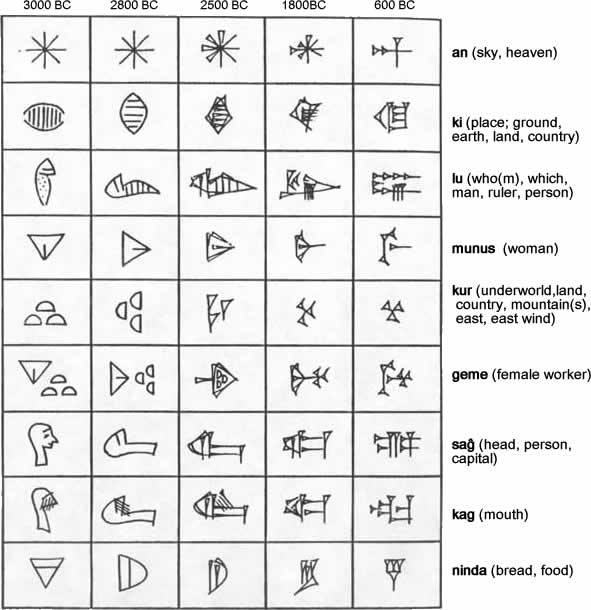Triggefish Animation Studios announced that its inaugural Triggerfish Story Lab (which aims to give continental Africa’s most talented storytellers and filmmakers the opportunity to develop their ideas alongside Triggerfish’s international network of mentors)
Triggerfish has revealed the 23 feature and 12 TV projects that have been shortlisted 23 for the inaugural Story Lab, upped from the initially planned 10 features and 10 TV series, thanks to the overwhelming number of quality submissions. ... Read full article on indiewire.com
The shortlisted feature film entries are:The Big Wild (Ian Pugh)
Born Flea (Andrew Phillips)
Bru and Boegie (Mike Scott)
The Camel Racer (Wanuri Kahui and Nnedi Okorafor)
The Crash (Julia Smuts Louw)
Dropped (Ian Tucker)
Elliot’s Journey (Judy Kibinge)
Fish Out of Water (Matthys Boshoff and Carina Stander)
The Legend of the Rain Queen (Hanneke Schutte)
The Life Factory (Howard James Fyvie)
Lights (Kay Carmichael)
The Little Five (Alex Latimer)
The Loneliest Satellite (Charlie Human)
Make Believe Maya (Nimrod Geva)
The Makers (Sheldon Bengston)
Molly and the Quarks (Donovan Marsh)
Mumbo Jumbo Bambinos (Mbuso Thulani Shiburi)
Paris in Africa (Yolanda Makalaza)
Paradox City (Greig Cameron)
True Colours (Bernard Bruwer)
The Wild Waste (Naseem Hoosen)
Witches Way (Jenna Bass and Chinelo Unwualo)
Zahrah the Windseeker (Wanuri Kahui and Nnedi Okorafor)
The shortlisted TV series are:
Chicken Core (Shina Ajulo)
Folklore (Andile Ngcizela)
Gullivan’s Loft (Jenny Verwoerd and Stephen van Wyk)
Herbert Smelly Pants (Denzil Lewis)
KC’s Super 4 (Malenga Mulendema)
Matchbox Monsters (Sue-Mari L. Sauer)
Ninja Princess (Marc Dey)
Onion Boy (Sarah Scrimgeour)
Sam and Sbu (Lori Reardon and John Reardon)
Sophie the Giantslayer (Kay Carmichael)
Uncanny Valley (Nicholas Rix and Moray Rhoda)
Wormholes (Lucy Heavens)
For more information,
http://triggerfishstudios.com.







